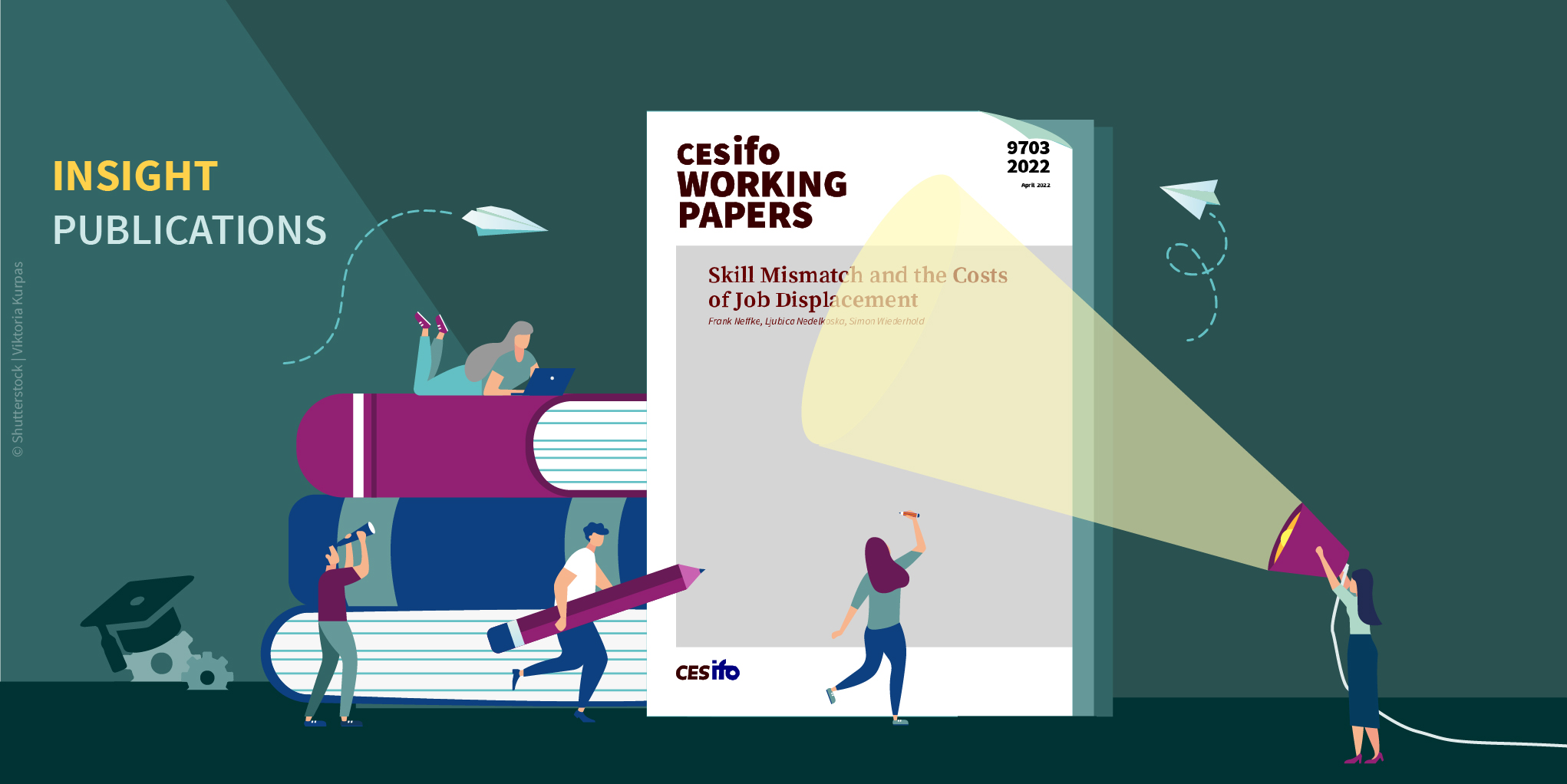Lost once? Aim higher
Losing one‘s job is one of the more severe psychological blows one can experience, similar in magnitude to a divorce. But while a divorce might actually improve your marriage skills for the next time around, especially because the skills needed remain practically identical, in a job-loss situation the skills used previously can become degraded or obsolete, in particular if the jobless period drags on, resulting over time in a skill mismatch with what the labor market requires.
But who are most affected by this skill mismatch? How large is the effect? And how does it translate into lost earnings? A new study by Ljubica Nedelkoska and her colleagues Frank Neffke and PILLARS researcher Simon Wiederhold put figures to the answers.
To tackle the questions, the researchers chewed their way through a German sample of displaced workers (i.e. those who lost their jobs due to reasons unrelated to their performance, such as establishment closures) between 1975 and 2010. They found significant heterogeneity in earning losses, ranging from 4% to 17% ten years after displacement, compared to what they would have earned had they kept their jobs. So the question now was, what lies behind this heterogeneity?
The next step was to combine information about the task content, education and training for 263 occupations from a representative survey of more than 20,000 German employees, with the employment histories of a 2-percent longitudinal sample of German workers drawn from social security records. They found that, unsurprisingly, during periods of economic growth workers move more often to more demanding jobs, i.e. those that require new skills, while during recessions the opposite occurs. Also unsurprisingly, younger workers are more likely to move to more demanding jobs than their older peers.
More surprising is the magnitude of occupation-switching among displaced workers: 11 to 12 times higher than among non-displaced workers. Digging deeper, the researchers divided the displaced among five groups: stayers (i.e. those who find jobs in the same occupation); upskillers (many new skills required and few skills made obsolete), downskillers (few new skills required and many skills made obsolete), reskillers (many new skills required and many made obsolete), and lateral switchers (different occupation but more or less the same skills).
Occupation-switchers tend to experience substantially larger displacement-related earnings losses than occupation-stayers: fifteen years after displacement, annual earnings of occupation-switchers still trail by 15.6 percent the wages they would have received had they continued their old occupation, whereas for occupation-stayers, losses are limited to 7.6 percent.
The interesting bit is that while most displaced occupation-switchers either skill down (35 percent) or up (36 percent) over the first fifteen years after displacement, the downskilling sort earn on average 22.7 percent below their pre-displacement wages, compared to 7.6 percent for the upskilling sort. Moreover, upskilling switchers catch up with their counterfactual wage curves within seven years, whereas downskilling switchers still fall short of their counterfactual wages fifteen years after having been displaced. Some upskillers even manage to outperform occupation-stayers.
In short, skill mismatch is the deciding factor, with the largest losses experienced by workers who choose new jobs in which they find that many of the skills they used in their pre-displacement occupation are not needed, while the mildest losses are experienced by those who move to jobs that require many additional skills compared to their pre-displacement occupation.
So, thinking of going for a second round in the marriage market? Try upskilling, then. Upskilling is the thing.
